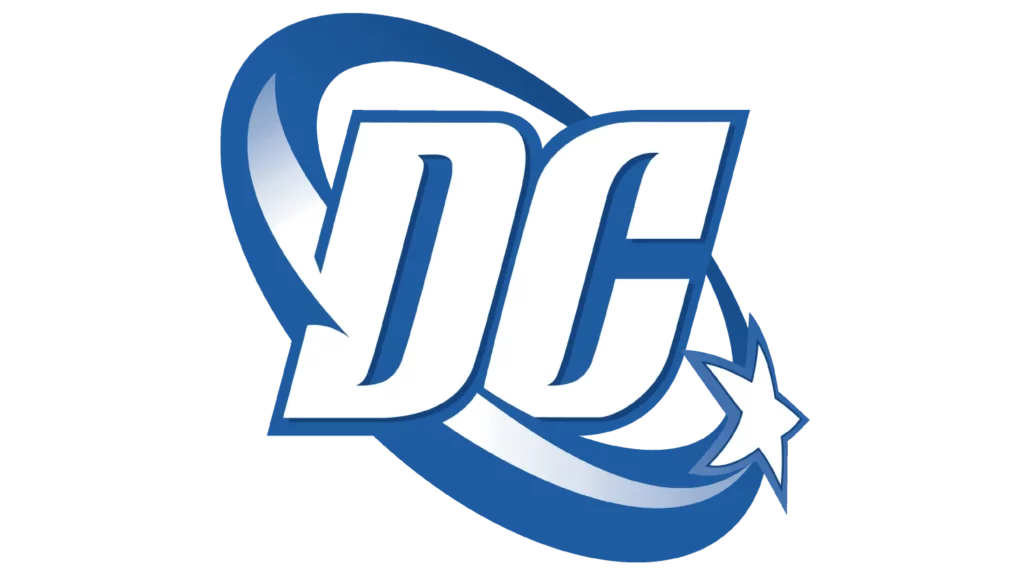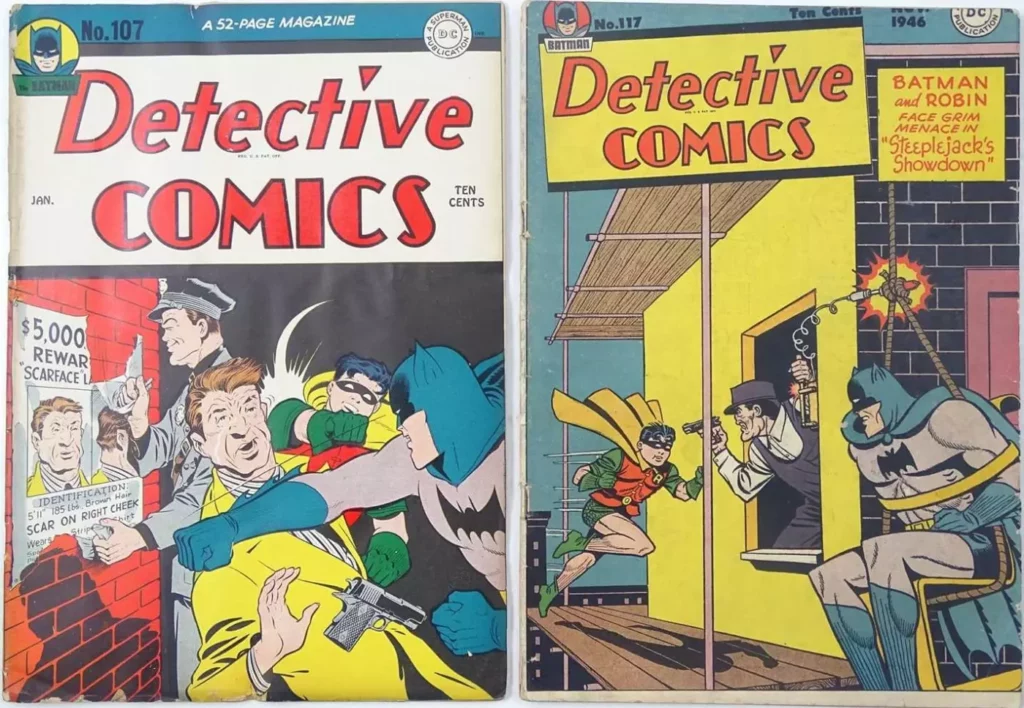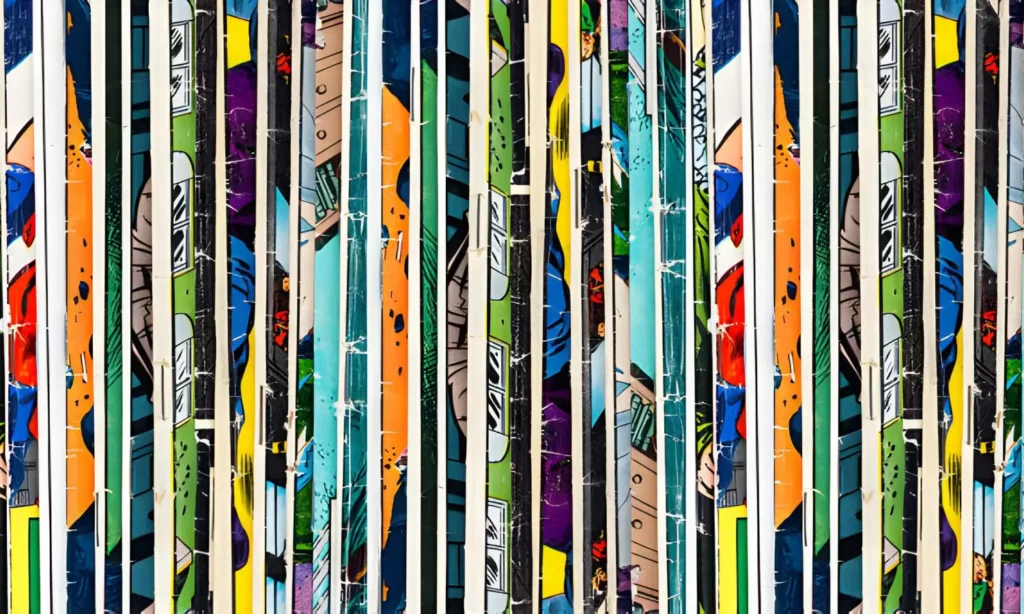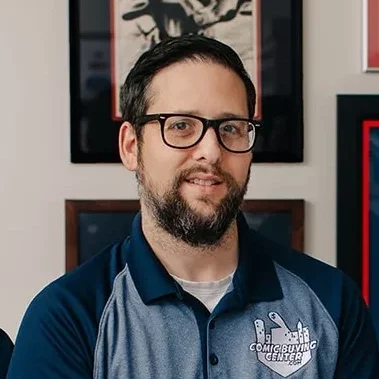DC Comics has a rich history dating back to 1934, when DC Comics was founded. DC comics history began with Malcolm Wheeler-Nicholson, DC comics creator, founding National Allied Publications, which later became DC Comics. In 1938, they introduced Superman in “Action Comics #1,” the very first DC comic, marking the birth of the superhero genre.
The 1940s witnessed the emergence of iconic characters like Batman, Wonder Woman, and The Flash. This era solidified DC’s presence in the comic book world. The 1950s and 1960s saw the establishment of the Justice League, bringing together various superheroes.
1966 marked the start of the Batman TV series, boosting DC’s popularity. The 1970s brought diversity with the creation of characters like Green Lantern John Stewart and the Teen Titans. In 1985, the groundbreaking “Crisis on Infinite Earths” reshaped DC’s multiverse.
The ’90s introduced milestone stories like “The Death of Superman.” The 2000s brought a focus on graphic novels, including the critically acclaimed “Batman: The Dark Knight Returns.”
DC’s characters expanded into movies, TV shows, animated series, video games, you name it! They created a lasting cultural impact. Today, DC Comics remains a powerhouse in the comic book industry, continuing to evolve and captivate audiences worldwide.
What does DC Comics stand for
DC Comics stands for Detective Comics. The name originated from the company’s first popular series, “Detective Comics,” which featured crime-solving stories. The redundancy in the acronym is a result of keeping the original abbreviation even after incorporating superhero content. Established in 1934 as National Allied Publications, the company rebranded as DC Comics. Today, the acronym is widely recognized and synonymous with a vast array of beloved superheroes and their adventures.
DC Comics reading order – where to start?
Diving into the vast DC Universe may scare you off at first. But it’s not all that scary as it may seem. Here are a few things to think about and start with:
- Who’s your favorite hero? Do you like grounded, noir, and always serious Batman, or something that involves adventuring on other planets with Green Lantern? Think of this, pick your hero – it is the start already.
- There are also some “start points” that may help. Look for the latest issues labeled with #1 or Rebirth. Rebirth came out in 2016 and was basically…a Rebirth. It’s like it all started again, fresh new. That’s very helpful if you’re also new to the DC Universe.
- Are you a fan of Classics? Then you should start with timeless DC Classics like Frank Miller’s “Batman: Year One” or Alan Moore’s “Watchmen.” These comics are classics for a reason, showcasing the depth and power of DC’s storytelling.
- Go online! Try out DC Universe Infinite. It’s like an online storage for A LOT of DC Comics. Though it requires a subscription, you will have some of your most favorite comics with you everywhere you go.
There’s also an extra option here. At our local comic book shop, we provide an additional choice for comic enthusiasts. Our staff, knowledgeable in nearly all aspects of comics, is available to offer assistance and tips. Additionally, we have a variety of printed copies, which many people prefer for a more enjoyable reading experience.
How many DC comics are there
Pinning down the exact number of DC comics is surprisingly tricky. Estimates range from 50,000 to 80,000 issues, depending on how you crunch the numbers. Here’s the why:
- Rich History. DC Comics has been around since 1934, making stories for nearly a century. Counting every single issue, from ongoing series to one-shot specials across multiple imprints and continuities, becomes quite impossible.
- Multiverses. DC uses the “everything and the kitchen sink” approach, with its sprawling multiverse housing countless alternate realities and parallel Earths. Each reality has its own set of comic titles, further inflating the total count.
- Reboots and Restarts. Reboots like the New 52 and Flashpoint Beyond create new timelines and renumber series, making it hard to track individual issues across reboots.
So, while a definitive number remains unclear, here’s a safe bet: there are tens of thousands of DC comics out there. From iconic classics like Action Comics #1 to the latest miniseries, there’s a DC adventure for every fan, whether you’re a seasoned Kryptonian wanting to sell comic books to share your collection with the world or a newbie just itching to join the Justice League.
-
Pete Przysiezny, owner of Comic Buying Center, has been buying and selling comics and collectibles for over 30 years. He lives in Northern Illinois and specializes in buying large comic book collections. He has a vast knowledge of all eras and types of comic books ranging from the 1930s to the 2000s. Pete spent his childhood going to comic book conventions with his father, so you could say he was raised in the industry.




